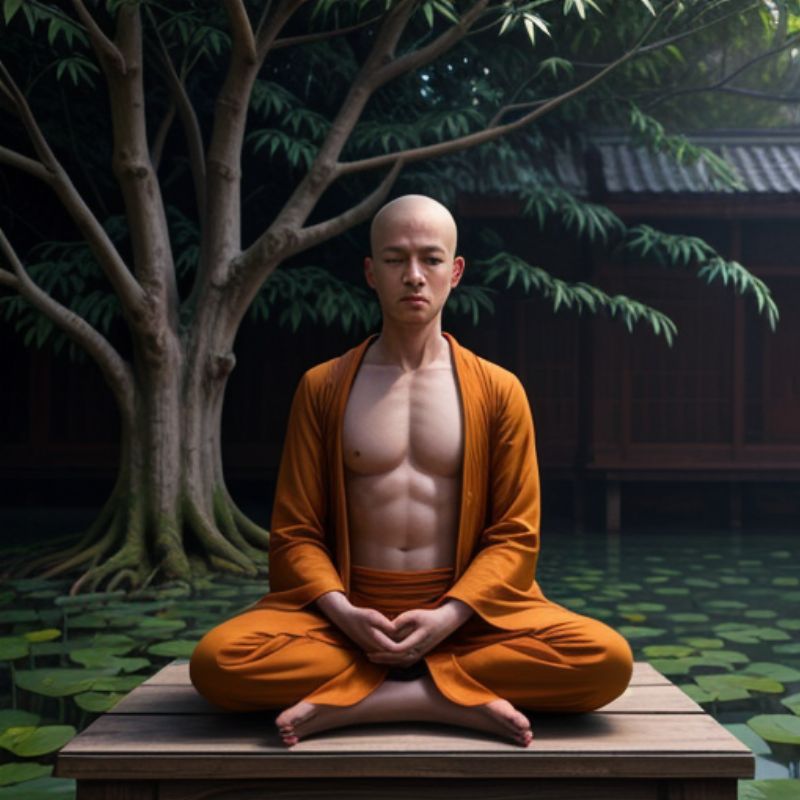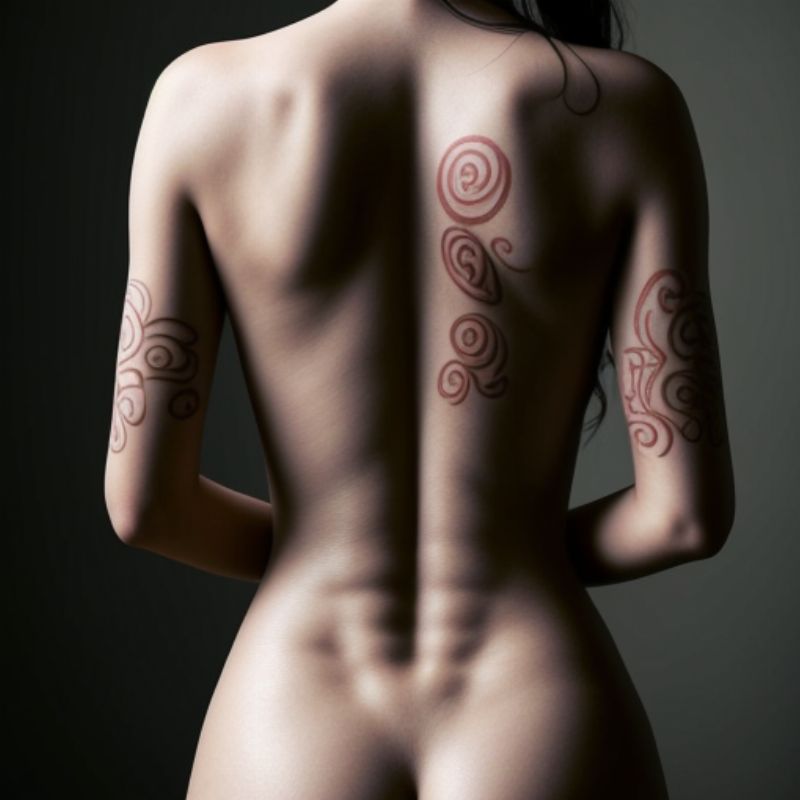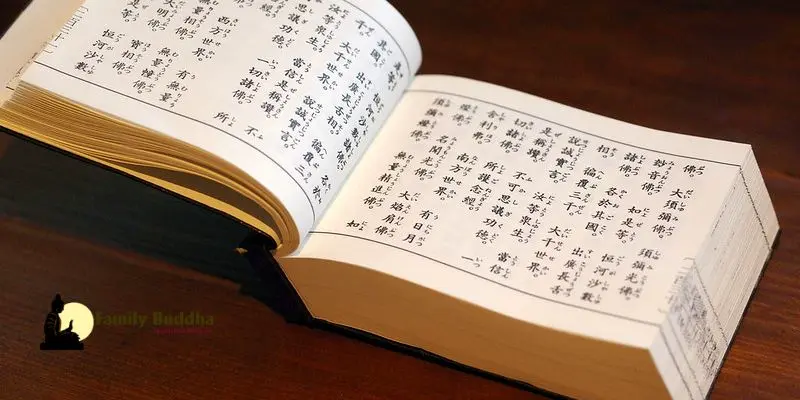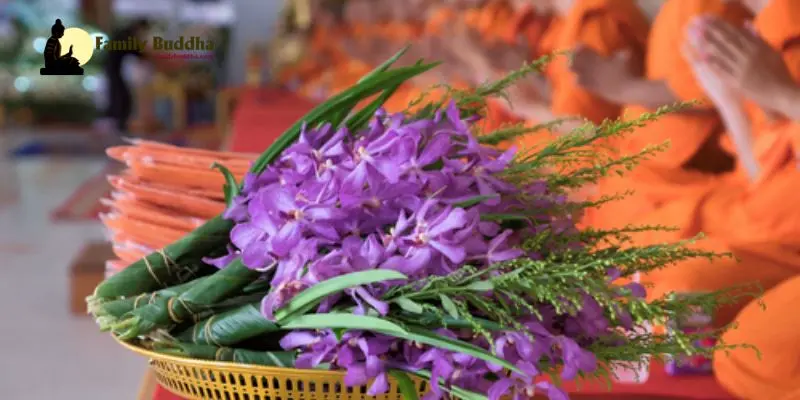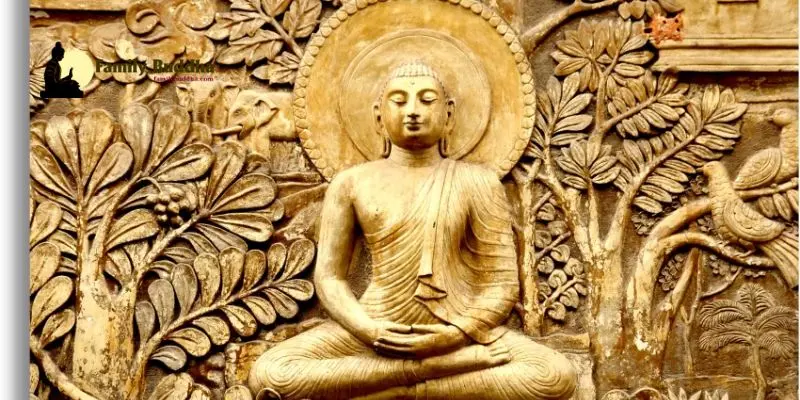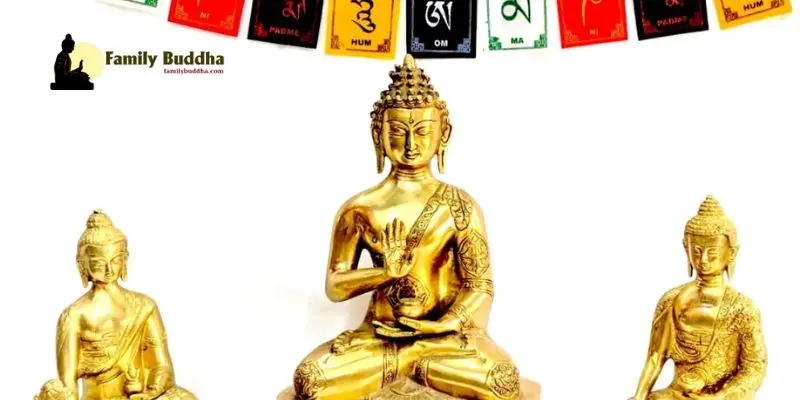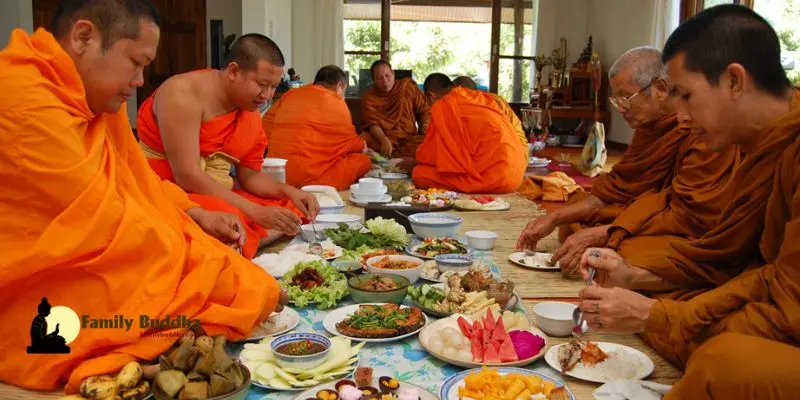Have you ever gazed upon a Buddhist monk or nun, draped in their flowing robes, and felt a sense of tranquility wash over you? This serenity isn’t just due to their peaceful demeanor – it’s also interwoven with the very fabric of their attire. The Buddhist Dress Code, much like Buddhism itself, is a practice in mindfulness and simplicity, reflecting the inward journey towards enlightenment.
Delving Deeper: The Significance of Buddhist Garb
In the tapestry of Buddhist culture, clothing takes on a role far more profound than mere adornment. It’s a visual representation of commitment to the Buddhist path, a constant reminder of the values they strive to embody.
“Just as a lotus blooms in pristine beauty from the mud, so too does the Buddhist practitioner seek enlightenment amidst the challenges of life,” reflects venerable Thích Nhất Hạnh in his book “The Heart of the Buddha’s Teachings”. Their clothing embodies this journey, symbolizing the shedding of worldly attachments and the embrace of a simpler, more mindful existence.
The Practical Origins of Buddhist Dress
The origins of the Buddhist dress code are rooted in practicality. Early Buddhist monks, wandering from place to place, needed durable, comfortable clothing suited for meditation and a nomadic lifestyle. The robes, often fashioned from discarded fabrics, exemplified their commitment to simplicity and detachment from material possessions.
Symbolism Woven into Every Fold
Over time, these practical garments evolved into potent symbols of Buddhist ideals:
- Humility: The simple, unadorned nature of the robes speaks volumes about the Buddhist emphasis on humility and the rejection of ego.
- Equality: By donning similar attire, Buddhist monks and nuns from all walks of life emphasize their shared commitment to the Dharma, transcending social distinctions.
- Non-attachment: The act of letting go of fashionable clothing represents a conscious detachment from material desires, a core tenet of Buddhist philosophy.
Unraveling the Buddhist Dress Code: A Closer Look
The specific attire worn by Buddhists can vary depending on the tradition, lineage, and geographical location. However, certain common threads run through these variations.
1. The Iconic Saffron Robes: A Beacon of Renunciation
The most recognizable element of Buddhist attire is undoubtedly the saffron robes worn by monks and nuns. This vibrant hue, often likened to the color of sunrise, holds deep symbolic meaning:
- Renunciation: Saffron, a color often associated with fire, embodies the act of burning away worldly desires and attachments.
- Purity: The vibrant hue represents the purity of mind and spirit that Buddhists strive to cultivate through meditation and ethical conduct.
- Impermanence: Just as the color of saffron fades with time, the robes serve as a constant reminder of the impermanence of all things, urging practitioners to focus on spiritual growth.
2. Beyond the Saffron: Variations in Buddhist Attire
While saffron robes are widely recognized, the specific style and color can vary:
- Theravada Tradition: Monks in Southeast Asian countries like Thailand and Sri Lanka commonly wear saffron or ochre robes.
- Mahayana Tradition: In East Asian countries like China, Japan, and Korea, monks may wear robes in shades of brown, gray, or black.
- Tibetan Buddhism: Tibetan monks and nuns often don distinctive maroon robes.
These variations reflect the rich tapestry of Buddhist cultures while adhering to the fundamental principles of simplicity and humility.
3. Lay Buddhist Attire: Embracing Mindfulness in Everyday Life
Lay Buddhists, while not bound by the same strict dress code as ordained practitioners, often choose modest, comfortable clothing that reflects their commitment to mindfulness.
- Neutral Colors: Muted tones like white, beige, and gray are often favored as they promote a sense of calm and minimize distractions.
- Loose-fitting Clothing: Comfort and ease of movement are prioritized, allowing for comfortable sitting during meditation.
- Avoiding Extremes: Lay Buddhists generally avoid clothing that is overly revealing, flashy, or attention-grabbing, opting for a more understated elegance.
This mindful approach to clothing allows lay Buddhists to integrate their spiritual practice into their daily lives, carrying the essence of Buddhist teachings beyond the walls of the temple.
Navigating Common Questions About Buddhist Dress
The unique nature of Buddhist attire often sparks curiosity and questions. Here are some of the most frequently asked queries:
1. Why do some Buddhists shave their heads?
Shaving one’s head is a powerful symbol of renunciation in Buddhism. It represents the shedding of vanity and attachment to physical appearance, signifying a commitment to inner transformation.
2. Can anyone wear Buddhist robes?
While anyone can appreciate the beauty and symbolism of Buddhist robes, it’s important to note that wearing them without proper ordination is generally considered disrespectful. The robes signify a profound commitment to the Buddhist path, and wearing them without that commitment can be misconstrued.
3. What is the significance of the different items worn by Buddhist monks and nuns?
Each element of a Buddhist monk or nun’s attire serves a specific purpose and carries symbolic weight:
- Upper Robe (Utthara Saṅghaṭi): This large rectangular cloth, draped over the left shoulder, represents the Buddha’s compassion.
- Lower Robe (Antaravaasaka): Worn around the waist, this garment symbolizes discipline and restraint.
- Belt (Kayabandhana): The belt, often made of simple fabric, signifies mindfulness and control over the senses.
- Alms Bowl (Patta): This essential item, used to receive food offerings, represents humility and dependence on the generosity of others.
Buddhist Dress: A Reflection of Inner Transformation
“Clothing is a powerful tool,” says Dr. Nguyen Thi Lan, a renowned Vietnamese cultural anthropologist, in her book “Threads of Tradition: Exploring Vietnamese Clothing Through the Ages.” “It reflects our values, our beliefs, and our aspirations.” This rings particularly true for Buddhist attire. It’s not just about the fabric, but about the intentionality and mindfulness woven into every thread.
By embracing simplicity, humility, and non-attachment in their dress, Buddhists serve as a quiet yet powerful reminder that true beauty lies not in outward appearances but in the cultivation of inner peace and compassion. Their attire stands as a testament to the transformative power of Buddhist teachings, inviting us all to contemplate the ways in which our own choices of clothing can reflect our values and support our journey towards a more mindful existence.

